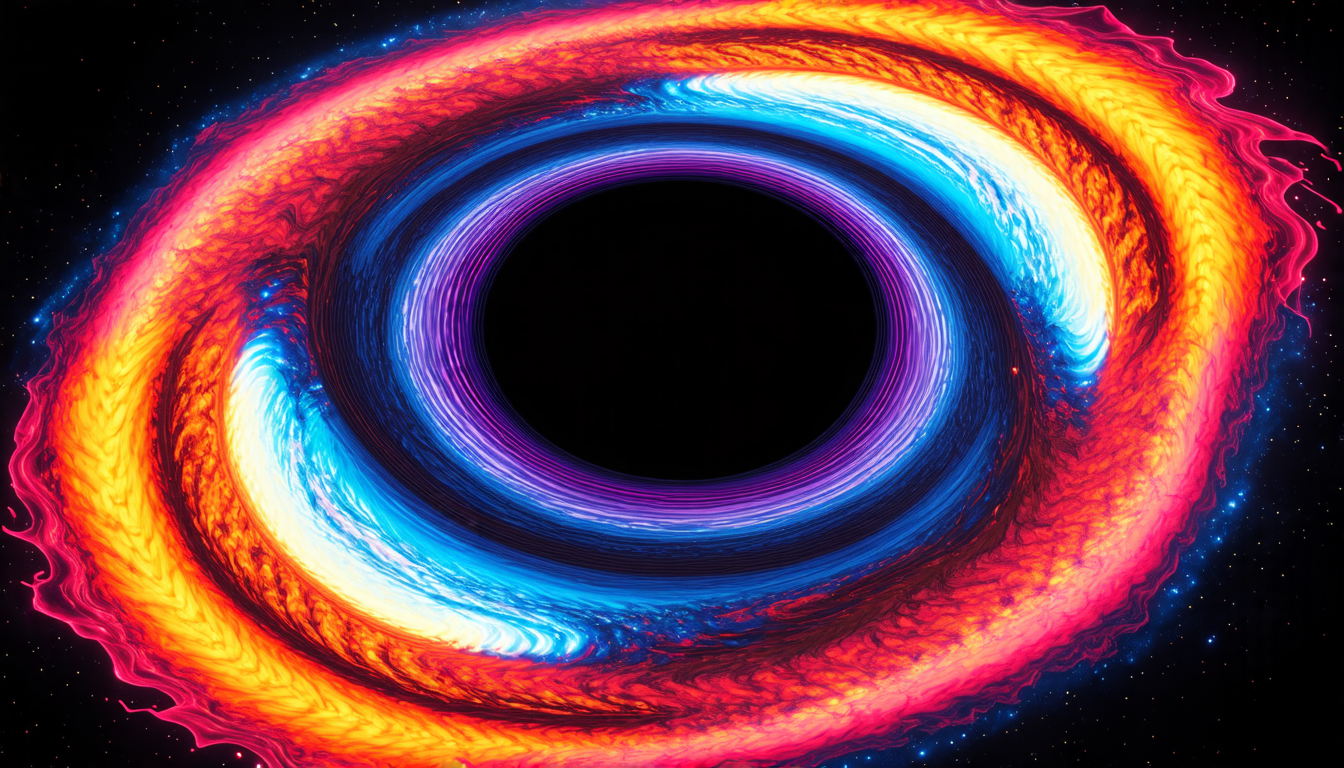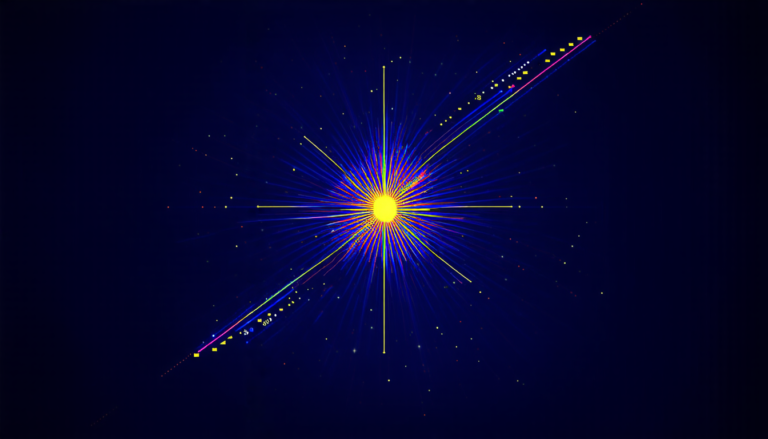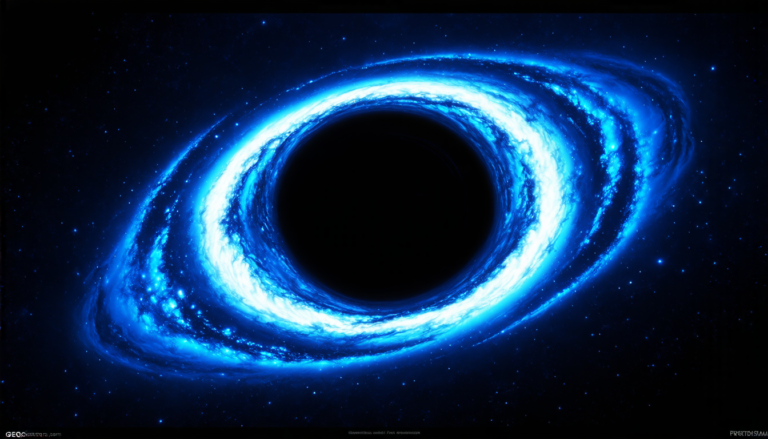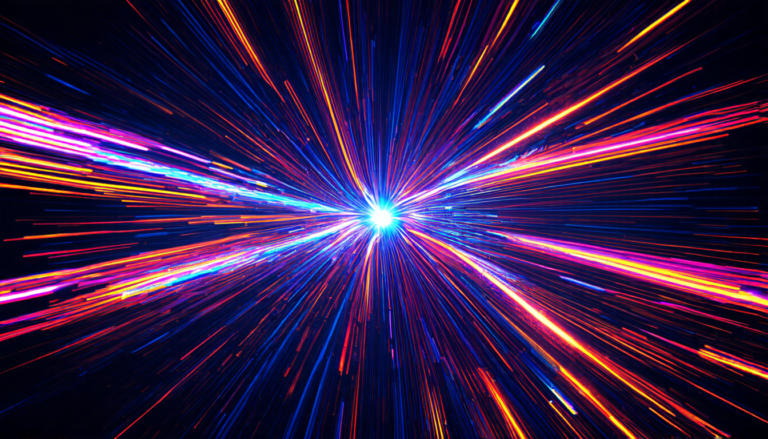Monday 15 September 2025
For over two decades, scientists have been studying the erratic behavior of quasars – incredibly luminous objects thought to be powered by supermassive black holes at the centers of galaxies. These distant light sources can vary in brightness by as much as a thousandfold over short periods of time, making them notoriously difficult to understand.
One popular model for explaining this variability is the damped random walk (DRW), which assumes that quasars’ luminosity changes are driven by random fluctuations. However, researchers have long suspected that this model oversimplifies the complex physics at play. In a new study, scientists have developed an alternative framework – the noise-driven damped harmonic oscillator (DHO) process – to better capture the intricate behavior of these cosmic objects.
The DHO model is based on the idea that quasars’ variability arises from interactions between the black hole’s accretion disk and its surrounding environment. This complex interplay can give rise to oscillations in luminosity, which are then damped by various physical processes. By modeling these oscillations as a harmonic oscillator driven by noise, scientists have been able to better account for the observed variability of quasars.
The study analyzed 21,767 quasars across 22 years of data from three major surveys: Sloan Digital Sky Survey (SDSS), Panoramic Survey Telescope and Rapid Response System (PS1), and Zwicky Transient Facility (ZTF). By fitting the DHO model to these light curves, researchers found that it provided a significantly better fit than traditional DRW models.
Moreover, the team discovered that certain properties of the quasars – such as their rest-frame wavelength, Eddington ratio, and black hole mass – are correlated with the parameters of the best-fit DHO model. This suggests that the observed variability is not just random noise, but rather a reflection of underlying physical processes.
The implications of this study are far-reaching. By developing more sophisticated models for quasar variability, scientists hope to gain a deeper understanding of the complex interplay between black holes and their environments. This knowledge can inform our understanding of galaxy evolution, supermassive black hole growth, and even the distant universe as a whole.
As we continue to explore the mysteries of the cosmos, it’s clear that there is still much to be learned from these enigmatic quasars.
Cite this article: “Unraveling Quasar Variability: A New Framework for Understanding Cosmic Luminosity Fluctuations”, The Science Archive, 2025.
Quasars, Black Holes, Galaxy Evolution, Supermassive, Luminosity, Variability, Noise-Driven, Damped Harmonic Oscillator, Accretion Disk, Cosmic Objects







